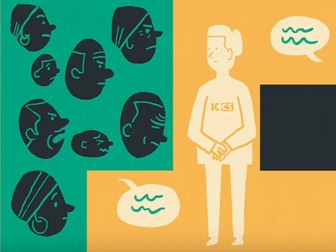World War One Poetry Classroom Posters
Here is a sample of striking images taken from the First World War Poetry Digital Archive which have been used as the basis of a series of classroom display posters. These include Owen's manuscript for &'Anthem for Doomed Youth&'; and the front cover of 'The Hydra&': the magazine created by patients at Craiglockhart Hospital. To see more items related to the Great War Poets (manuscripts, diaries, letters, photographs), visit: http://www.oucs.ox.ac.uk/ww1lit/ All free and available to use for educational purposes.
